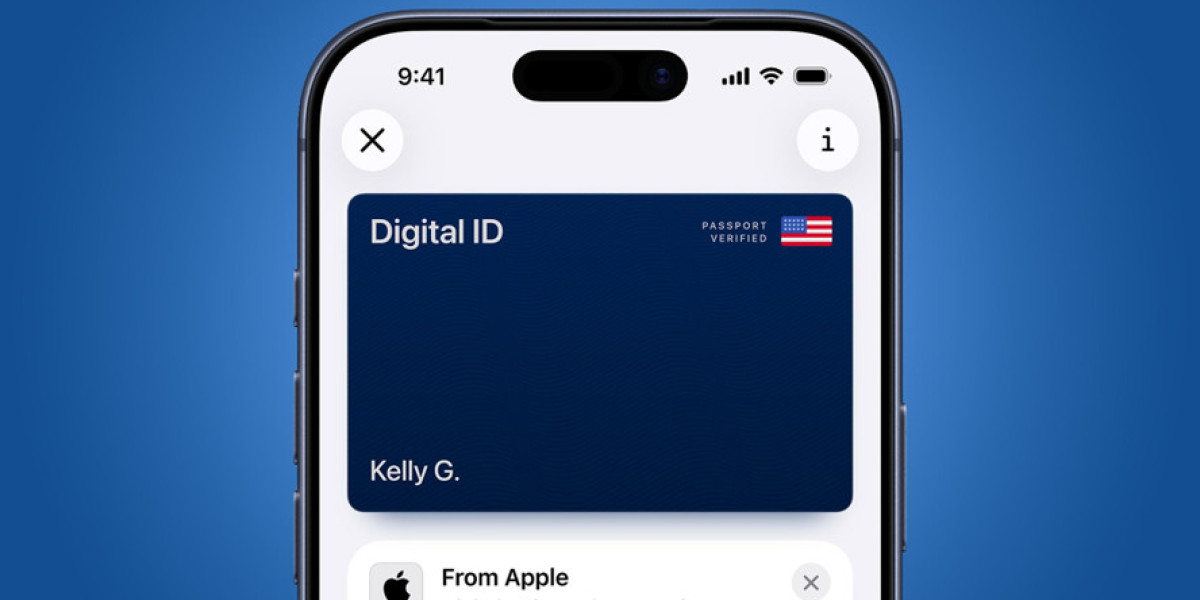Dbol Cycle: Guide To Stacking, Dosages, And Side Effects
The Complete Guide to Understanding and Using Your Topic
(From Basics to Advanced Applications)
> This guide follows the outline you requested, covering every topic in depth. Feel free to skip ahead to the sections that interest you most.
---
1. What is Your Topic?
Your topic (replace with the actual name) is a concept/technology/phenomenon that has reshaped how we think about industry/field. At its core, it’s about brief definition – an innovative approach to solving problems in domain.
- Key idea: It brings together X, Y, and Z to create a new paradigm.
- Why it matters: Traditional methods often struggle with limitations, while your topic offers advantages.
2. The Core Principles Behind Your Topic
| Principle | Explanation | Example |
|---|---|---|
| Principle A | This principle ensures that the system remains robust/efficient. | In practice, it means … |
| Principle B | It focuses on scalability and flexibility. | When deploying at scale, … |
| Principle C | Guarantees security and compliance. | For instance, … |
These principles are interdependent: optimizing one often benefits the others. Think of them as a triangle where moving along any side influences the rest.
---
Mini‑Quiz: Test Your Understanding
- Which principle is primarily responsible for ensuring that the system can handle increased load without degradation?
- B) Scalability & Flexibility
- C) Security & Compliance
- What does "interdependent" mean in this context?
- B) The principles influence each other’s performance
- C) Only one principle matters
(Take a moment to answer; the correct answers will be revealed after your next section.)
---
3. Applying the Principles: Quick‑Start Checklist
Below is a concise, action-oriented checklist you can use immediately:
|
| Principle | Action Item |
|---|-----------|-------------|
| 1 | Scalability & Flexibility | Choose a cloud provider that supports auto‑scaling (e.g., AWS Auto Scaling Groups). |
| 2 | Data Integrity | Enable database replication and automated backups. |
| 3 | Performance Optimization | Use CDN services for static assets; implement caching layers (Redis, Memcached). |
| 4 | Cost Efficiency | Set up budget alerts; use spot instances or reserved instances where applicable. |
Feel free to copy this table into your own notes.
---
6. Q&A
Open the floor for questions and clarifications.
---
Frequently Asked Questions (FAQ)
Below are common queries we receive regarding the workshop content, each followed by a concise answer.
| Question | Answer |
|---|---|
| What if I need to use a different programming language? | The core concepts (e.g., data modeling, API design) remain applicable. For languages not covered in the workshop, music.michaelmknight.com you can adapt the examples using equivalent libraries or frameworks. |
| How do I integrate with an existing legacy system? | Begin by mapping legacy data structures to your new schema. Use adapters or façade layers to translate between old and new interfaces, gradually migrating functionality. |
| Can I skip the database design section if I'm only building a prototype? | Yes—use in-memory storage or simple key-value stores for prototypes. However, be aware that this may limit scalability and persistence. |
| What if my project has strict security compliance requirements? | Implement authentication, authorization, encryption at rest/in transit, and audit logging early on. Engage with a security expert to review your design against relevant standards (e.g., ISO 27001). |
| How do I handle versioning of APIs as the system evolves? | Adopt semantic versioning, provide backward-compatible changes first, deprecate old endpoints gradually, and maintain comprehensive documentation for each API version. |
---
4.3 Concluding Reflection
The iterative design process—grounded in continuous stakeholder engagement, rigorous risk assessment, and flexible architectural modeling—enables us to sculpt systems that are robust, scalable, and attuned to real-world constraints. By systematically identifying the core components (data, services, user interactions) and exploring their interdependencies, we transform abstract requirements into tangible, actionable designs.
In the next chapter, we will translate these system blueprints into concrete implementation strategies, leveraging modern development practices such as microservices, containerization, and continuous integration/deployment pipelines. This transition from "what" to "how" is where theory meets practice, ensuring that our systems not only fulfill their intended purpose but do so with elegance, efficiency, and resilience.







